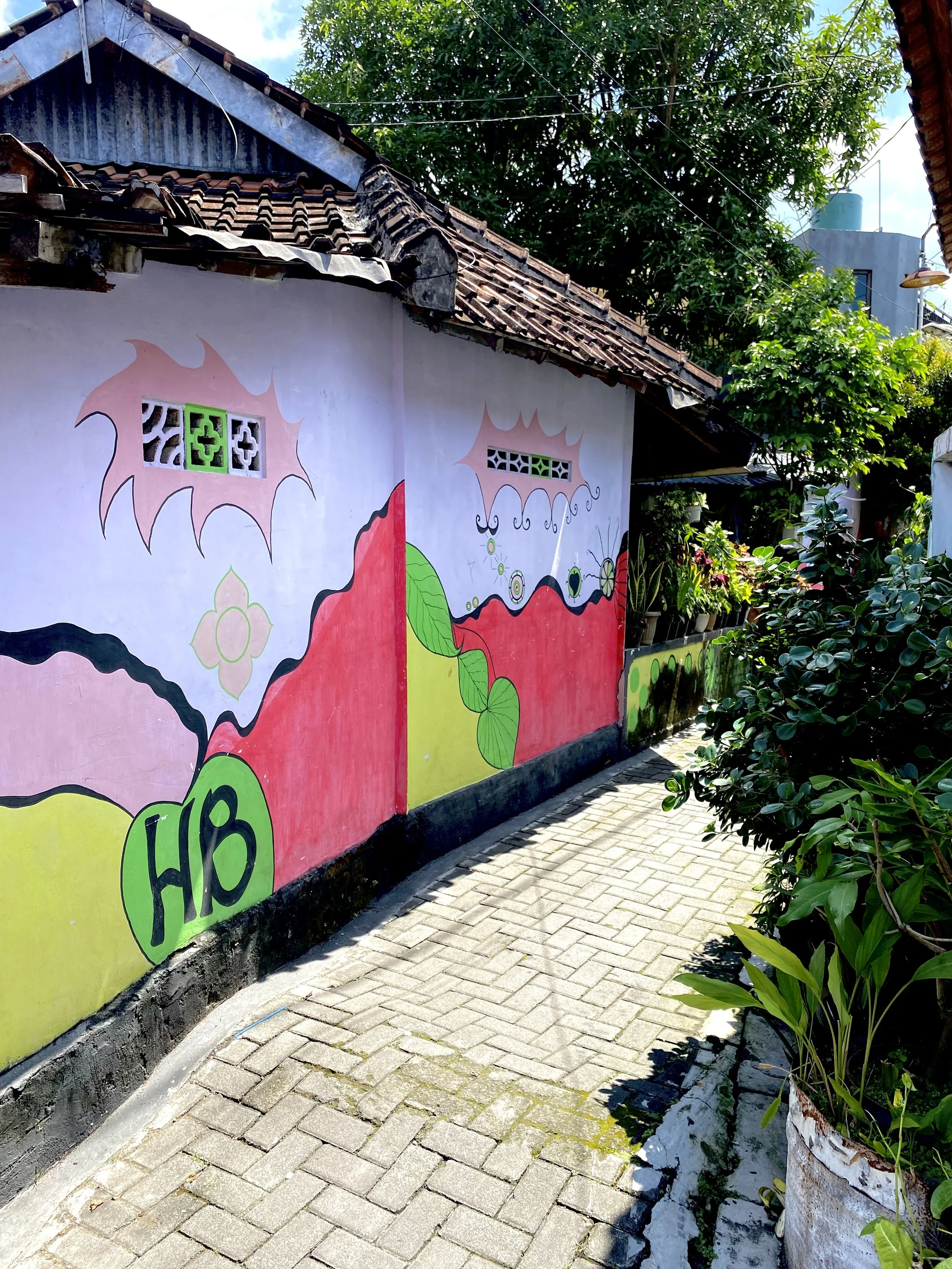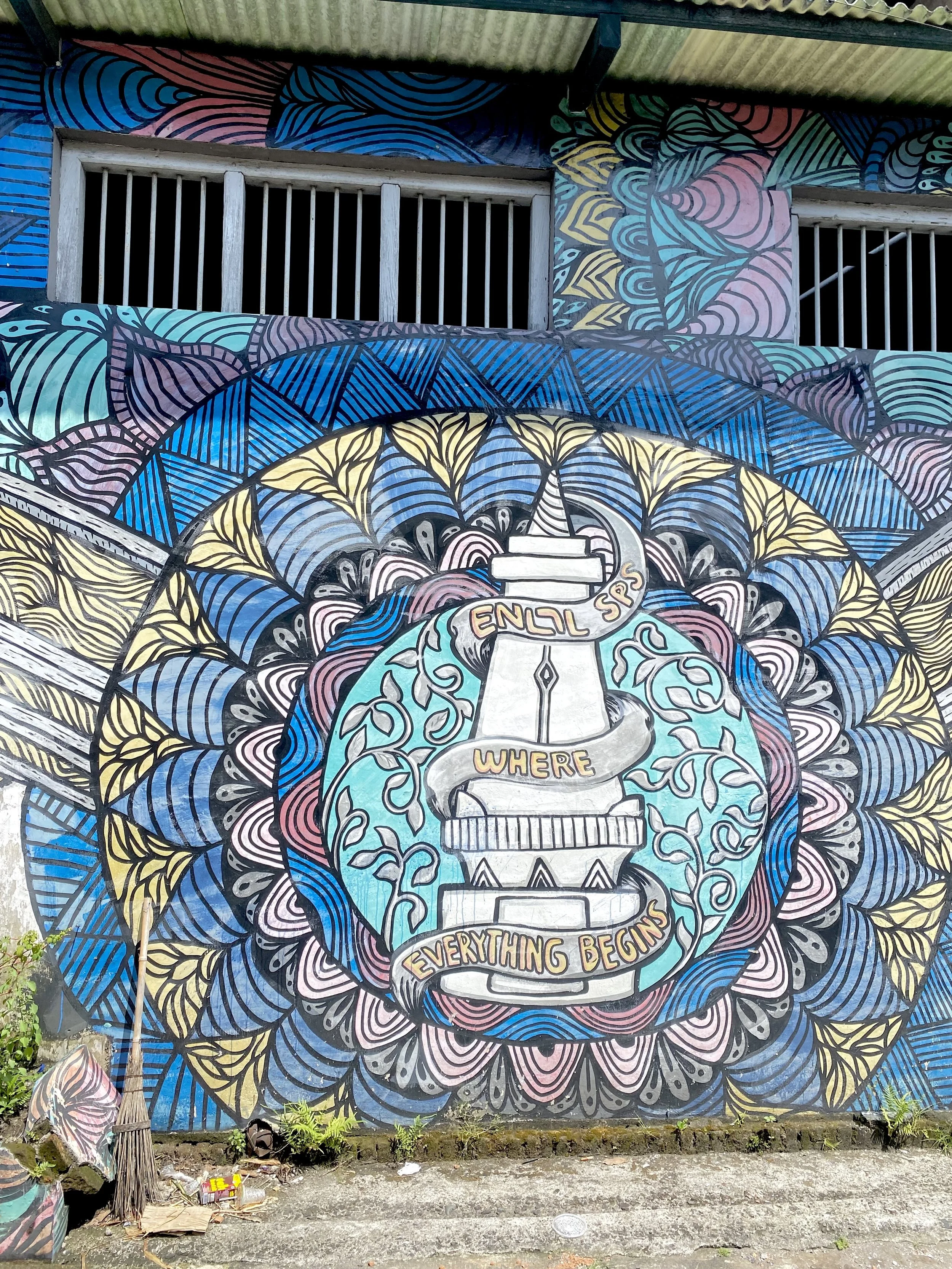Take in Javanese Culture in Yogyakarta
The Cultural Capital of Java
Yogyakarta, also known as Jogja, is a small city in Java that was once the country’s capital - and is now a cultural center. Known for its proximity to the two largest (and most famous) temples in Indonesia, its vibrant traditional arts and crafts scene, and its status as the only place in Indonesia that still has a monarch, Yogyakarta offers a pleasant introduction to Javanese history and culture.
Explore Borobudur and Prambanan Temples
Within an hour of Yogyakarta, there are two world famous UNESCO world heritage temples. The first, Borobudur, is the largest single Buddhist Temple - known for its many stupas and its stunning sunrises. The second, Prambanan, is the second large Hindu Temple site in Southeast Asia (the first being Angkor Wat) and is known for its sunsets. By far, these are the most famous attractions of Yogyakarta.
Tickets to the two are pricey (around $50 for a combo ticket) and the transport of a tour to go to the two is likely to set you back another $50 or more. I opted to not go to them because it was far out of budget - but I do think it was a mistake to go to Yogyakarta without the budget to go to the temples. The two temples are really the reason to take the trip to Yogyakarta, which is otherwise a small, charming, highly cultural but slightly unremarkable city.
Enjoy Local Street Art in the Historic Neighborhoods
My favorite thing to do in Yogyakarta was to admire the street art, which is concentrated around the Malioboro Street area and the historic quarter to the west of the Keaton Palace. I recommend just wandering through these areas and keeping an eye open for art on the walls (and ground). As you go, you’ll likely to bump into a lot of the cultural experiences I’ve summarized in Other Things to Do.
Other Things to Do
There are lots of ways to take in Javanese traditional culture and history in Yogyakarta. I found many of them charming but I also didn’t find anything I did to be a must-do. Do whatever catches your attention but don’t worry about hitting all the to-dos in Yogyakarta.
Shop for Batik Along Malioboro Street: The main commercial boulevard in the city, Malioboro has dozens of batik fabric stores. This is the most famous traditional craft of the city - cotton painted with colored wax that retains its brightness essentially permanently.
Cool Down a Bit at the Water Palace: In the historic district around the palace, there is an old water park: Taman Sari. It’s charming - with a palace architecture around a pool - and offers cooler temperatures than the surrounding area.
Visit the Sultan’s Palace: The sultan of Yogyakarta still lives in Keaton Palace - a famous example of traditional Javanese architecture. There’s a museum of traditional crafts and, if you get lucky, it has traditional dance shows occasionally.
Explore the Arts and Crafts in Kota Gete: What used to be a separate small village, Kota Gete is now fully enveloped in Yogyakarta. This historic quarter is known for its traditional arts and craft workshops.
Check Out the Traditional Puppets: The second most famous traditional craft of the area (in my mind) is the traditional puppets used for puppet theater. You’ll likely bump into a workshop making them as you wander - but if you want to go to someplace that makes them and has shows, head to Papermoon Puppets.
Take a Jeep Tour of Mount Merapi Volcano: Outside of Yogyakarta, Mount Merapi is the most famous natural attraction. Most tourists explore it on a Jeep tour (which is often included in tours of Borobudur and Prambanan as a mid-day stop). There is also a hike you can do on your own or with a guide.
Like I said earlier, I would save Yogyakarta for a trip when you won’t second guess the high cost of visiting Borobudur and Prambanan. Everything outside of those two is just a bonus.









